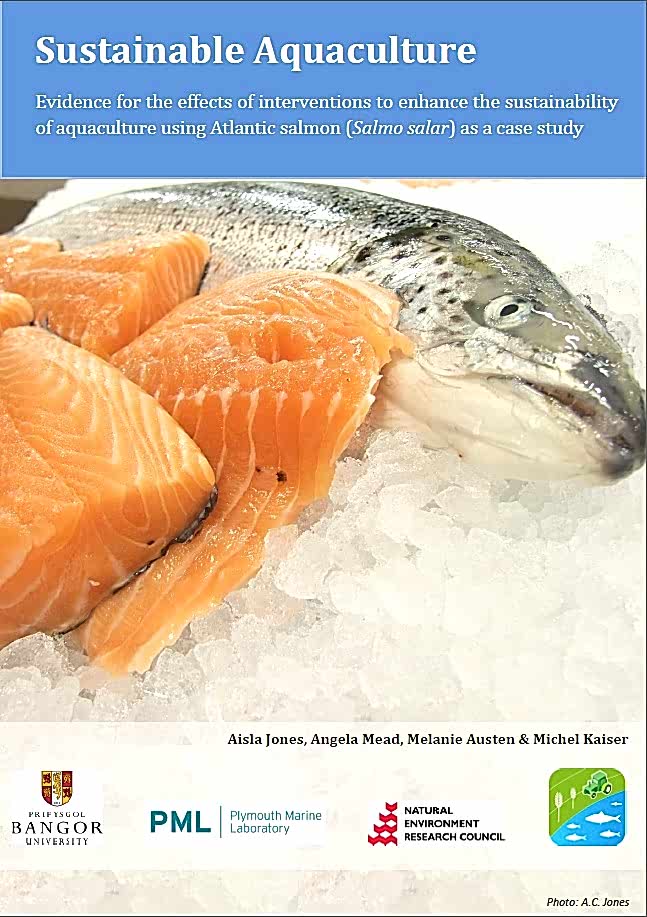Domestication: sterility/triploidy
Overall effectiveness category Awaiting assessment
Number of studies: 1
View assessment score
Hide assessment score
How is the evidence assessed?
Effectiveness
not assessedCertainty
not assessedHarms
not assessed
Supporting evidence from individual studies
A controlled, replicated experiment in Ireland in 1996 (Cotter et al., 2000) found reduced return of triploid salmon compared to diploid salmon to coast and fresh water sites after release. The ranched, mixed sex diploid group of salmon showed the highest percentage return to fresh water (2.25%). Across the three release groups, the percentage return of triploid mixed-sex and all female stocks (0.81 and 0.75) was significantly lower than diploid mixed-sex and all female stocks (3.42 and 3.95). Weight, length and condition factor were similar between triploid and diploid coastal return fish. Groups of mixed-sex and all female salmon stocks were produced and triploidy was induced in a proportion of fertilised ova in February. Groups of both diploid and triploid mixed-sex and all female fish were released from two sites on the western coast of Ireland; a tidal lake by a hatchery and next to a commercial aquaculture operation on the coast. Capture location and return data of the groups was gathered as part of an on-going Irish programme. Fifteen major salmon landing ports were monitored between May and June 1996.
Study and other actions tested
Where has this evidence come from?
List of journals searched by synopsis
All the journals searched for all synopses
This Action forms part of the Action Synopsis:
Sustainable Aquaculture
Sustainable Aquaculture - Published 2013
Atlantic salmon Aquaculture Synopsis




















